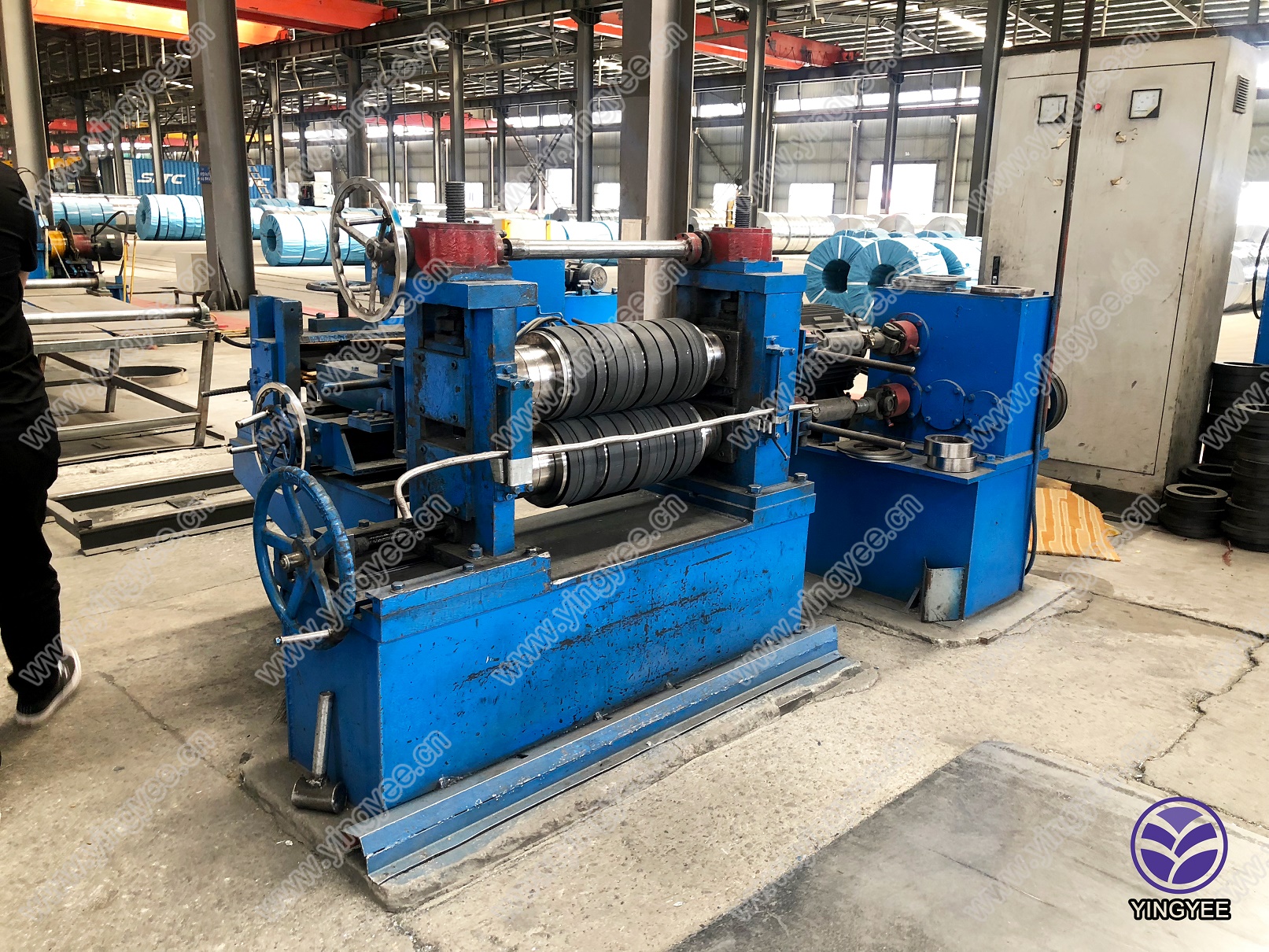
Customized Angle Stud and Track The Role of C-Channel and Wall Angle Roll Forming Machines
In the construction and manufacturing industries, the demand for customized components has surged, particularly for structures requiring precision and durability. One of the essential elements involved in framing systems is the angle stud and track, which are crucial for creating robust wall structures. At the heart of this manufacturing process is the C-channel and wall angle roll forming machine. This article will explore how these machines contribute to producing customized angle studs and tracks that meet specific construction needs.
Understanding C-Channels and Wall Angles
C-channels, also known as U-channels, are integral components in structural framing, providing strength and stability to walls and roofs. These channels are named for their C-shaped cross-section, which allows them to bear loads effectively while being lightweight. Wall angles, on the other hand, serve as the framework for drywall installation, providing a clean and secure junction between walls and ceilings. Together, C-channels and wall angles form a skeleton that upholds the integrity of any built structure.
The Importance of Roll Forming Machines
Roll forming is a continuous bending operation in which a long strip of metal, typically steel or aluminum, is gradually shaped into the desired profile. The roll forming process is particularly advantageous for producing angle studs and tracks because it offers several benefits, such as consistency, precision, and efficiency. The roll forming machine shapes the metal into specific profiles by passing it through a series of rollers, each designed to bend the metal further until the final shape is achieved.
Customization in Manufacturing

One of the most significant advantages of utilizing roll forming machines is the ability to create customized profiles tailored to specific project specifications. Construction projects often have unique requirements based on architectural designs and structural needs. Customizing angle studs and tracks ensures that they fit perfectly in place, enhancing both structural integrity and aesthetic appeal. Additionally, fabricators can adjust the gauge, width, and length of these components based on the load-bearing requirements of the project.
The Process of Custom Angle Stud and Track Production
The production process begins with the selection of raw materials, typically cold-rolled steel or galvanized steel, which are known for their strength and durability. The metal sheets are fed into the roll forming machine, where they pass through multiple stations that gradually shape them into a C-channel configuration. Advanced technology allows for precise control of the thickness and dimension of the final products.
The machines also facilitate the incorporation of various features such as perforations, holes, and notches, which are crucial for connecting the studs and tracks to other materials in the framing system. After the roll forming process, the finished products undergo quality checks to ensure they meet the required standards before being shipped to construction sites.
Conclusion
In summary, customized angle studs and tracks play a pivotal role in the construction industry, providing essential support and stability to structures. Wall angle and C-channel roll forming machines are invaluable tools in the manufacturing of these components, enabling precision and customization that meet the diverse needs of modern construction. As the demand for specialized building solutions continues to grow, the importance of efficient and adaptable manufacturing processes such as roll forming will undoubtedly enhance the capabilities of engineers and builders alike, paving the way for innovative architectural designs.